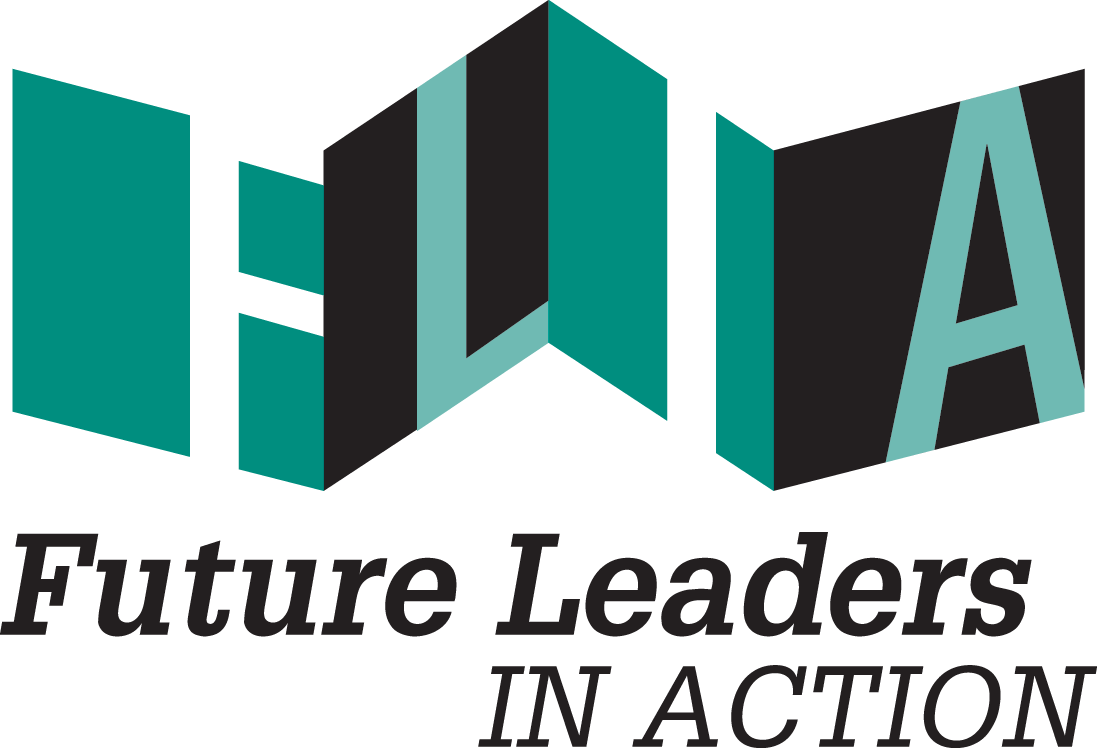This summer, my work has centered around creating unity and lines of communication between Boys & Girls Clubs of Portland and its community of youth and families. Ironically, I began my work by looking at the two parties as separate, independent units, and within BGCP, working one-on-one with administrators, directors, and staff. Mirroring a family, the organization is built up from many different people who handle a variety of different tasks. Although I had previously worked in nonprofits, this was my first time working with different departments to gather feedback and present a unified idea that was consistent with the needs of the Clubs and the needs of the families they serve.
In theory, my job task was simple and to the point. Yet I found myself struggling at the beginning of my fellowship, confused by the difficulty in achieving this level of communication across stakeholders, which is not an uncommon issue in the nonprofit sector.
But why is communication often so difficult to establish between organizations and the people they serve?
Certainly, organizations communicate with people in a way that is different from casual conversations between friends or acquaintances, but it is also not as formal as it would be between two “professionals.” Instead, this communication, somewhat formal and informal, works off of the balance of respect, trust, and service. The Clubs advocate for their members and families, sometimes functioning almost as caseworkers in helping to provide housing, rent resources, access to community closets.
However, organizations all come with policies and procedures in place. They have protocols and needs based on their funding, board members, and mission statement or values. This creates layers of communication that I had never thought to consider. I began creating resources for families to navigate the Clubs’ information, and working with the staff to effectively construct and collect that information. I received a lot of feedback from colleagues and direction to existing materials that I might use as inspiration and examples. I began pulling together resources from the larger, national network of Boys & Girls Clubs of America to gather and update the information I was determined to provide for families around Portland.
My main resource contribution throughout the process was the creation of a Parent Handbook. Although the organization has hand-outs and materials that list the programs they offer, there was no centralized resource that provided information on program logistics, funding and fees, and general policies. The information I compiled was no hidden secret, but it had previously been difficult for people to access. I had to ask myself, “Why is the navigation process to locate resources necessary?” When something is difficult to access, it results in lower family engagement because it increases and exacerbates existing parental challenges. Depending on the Club, both in Portland and nationwide, members may come from lower socioeconomic backgrounds and deal with further class and financial disadvantages. Additionally, families may speak different languages, thus lack even further access to critical information that could help their child succeed.
In creating a centralized resource, I put myself in a family’s shoes: What questions might they have? What information feels missing? Then, I compiled and organized existing BGCP resources that would help address those questions. In doing so, I hoped the resource, which will be translated into multiple languages and readily available at every Club site, would act as a navigational tool that would allow families to express initiative and direction where they might otherwise have not been able to go.


